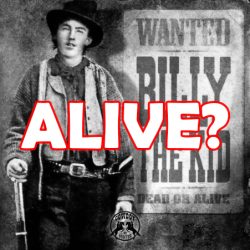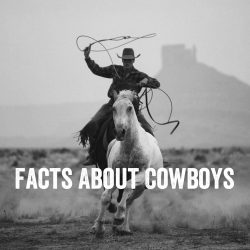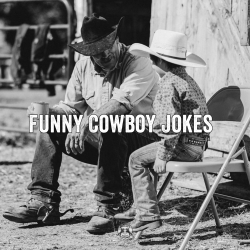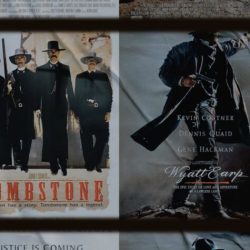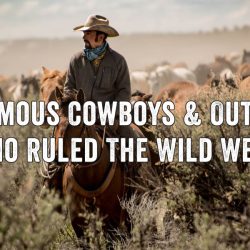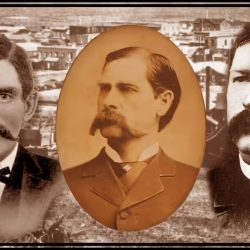
Though there were cowboys both before and after, the golden age of the American cowboy, really started in 1866. The Civil War had just ended, the Union Army had exhausted the supply of beef in the North, and a steer that was worth $4 a head in Texas—where millions ran wild—could bring $40 in the North.
So in 1866, men began driving herds of longhorn cattle—4 million of them!—toward the railroads and the hungry North. The long cattle drives, and the almost mythological era of the American cowboy, had begun. In fact, hundreds of men listed their occupation as “cowboy” on the 1880 U.S. Census
Here are some facts about cowboys you might not have gleaned from John Wayne movies.
- Many cowboys had been Civil War soldiers, from both the North and the South, and many others—perhaps up to a quarter of all cowboys—were freed ex-slaves. Some cowboys were immigrants from Europe, and others were Mexicans and American Indians.
- 8 to 12 cowboys could move 3,000 head of cattle along the cattle drives. They might travel 15 miles in a day. Any more than that and the cattle would lose too much weight and arrive too thin. There was also a trail boss and a camp cook along on each drive.
- Cowboys considered “Cookie,” or the camp cook, the most important person in camp. Sometimes called “biscuit shooters,” “belly cheaters,” and “bean masters,” camp cooks fed the cowboys three hot meals a day, no matter what. One of the cook’s jobs was to note the North Star each night and turn the tongue of the chuckwagon toward it. This way, the drive would know which way to head out the next morning.
- Cowboys often wore their clothes for weeks without changing. They wore denim jeans with chaps to protect their legs from the thorny branches their horses rode through. Their wide-rimmed Stetson hats protected them from the sun’s glare and also served as a cup—they’d use it to scoop up water for both themselves and their horses to drink. They wore a bandana around their neck, which they could pull up to protect their nose and mouth from trail dust.
- At night, once the cattle were bedded down and quiet, two men on guard might slowly circle around and sing to calm them. They worried about the danger of stampede from thunder and lightning or other unexpected noises, and singing calmed jittery cows. Sometimes one man would sing the first verse of a song, and the second cowboy would sing the next verse, trading back and forth. Some of the songs American cowboys commonly sang to their cows included “Old Dan Tucker, “Nearer My God To Thee,” “In the Sweet By and By,” and “The Texas Lullaby.” Lucky cows.
Leslie Lang


